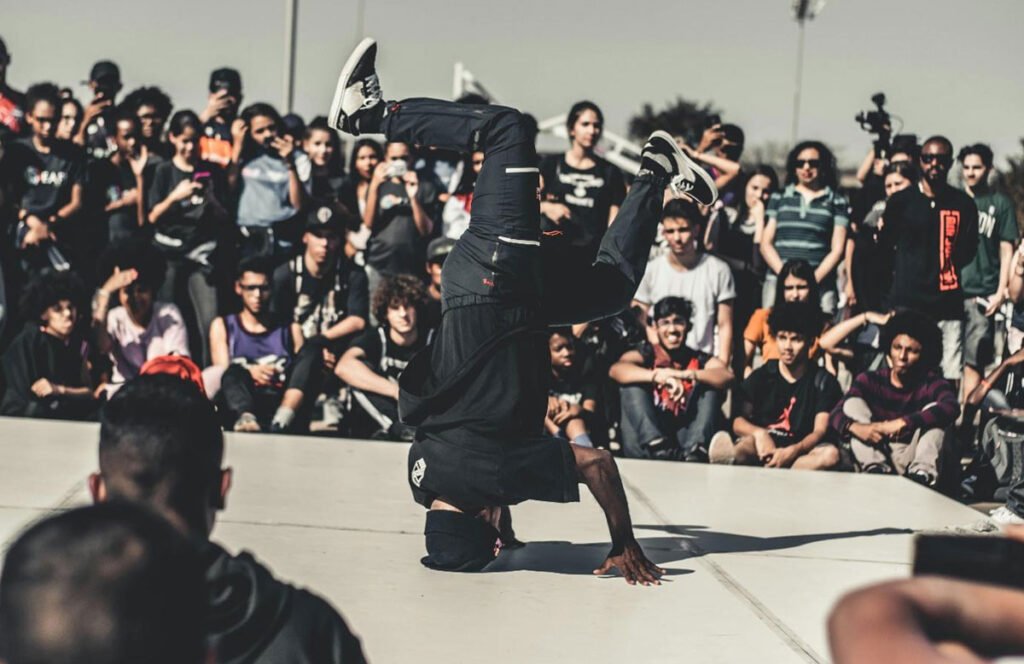It is not just songs that come to mind when one mentions Hip Hop, but the fashion deeply rooted within its culture. Hip Hop artists back in the 80s would arguably be considered fashion trend setters.
They wore tracksuits, oversized tees, the letterman style jacket, big sneakers and heavy gold chains. These fashion pieces worn by the rather youthful artists acted as symbols of belonging, rebellion and even pride.
Hip Hop’s influence on fashion began as a local movement but expanded rapidly. By the decade’s end, Hip Hop fashion had already elevated block parties to international levels.
Over the years, Hip Hop artists have continued to incorporate swaggy street style fashion into their style playbook.
Table of Contents
Fashion staples that set the tone
Historians argue that specific looks characterized Hip Hop’s early style. They were not just random fashion trends but pieces that made a statement and held deep meaning.
Let’s have a look at some of the fashion pieces and the meanings they had or the statements they made:
- Tracksuits: The shimmery and shiny nature of tracksuits made them ideal for breaking a dance floor move.
- Sneakers: High tops and limited sneaker editions were a must-have, which spawned sneaker culture.
- Gold chains: These acted as symbols of success and ambition.
- Baggy jeans: Hip hop artists’ aggressive dismissal of the tight fit through embracing baggy jeans was a sign of liberation, freedom.
- Hats: Artists embraced bucket hats, baseball caps and other headwear as extra style.
The 90s: Bigger, louder, bolder
By the 1990s, hip hop had become international, and its fashion became louder as a result. Baggy jeans became the norm, as did hoodies, bomber jackets and jerseys, which were turned into everyday wear.
Artists not only wore clothes, but they also set trends that were emulated by millions. The focus? Oversized comfort mixed with flash.
Back in the 90s, without giant puffer jackets, metallic fabrics and sneaker collections, you would not be considered a true Hip hop lover in tune with its culture.
The 2000s: Bling and brand power
The new millennium ushered in a new trend in style. Logos, designer labels and luxury were put in the limelight.
Fitted caps, crisp white tees, throwback jerseys and lots of shine were all embraced in hip hop fashion. Arguably, this was the era of “bling.”
Artists wore diamond-studded chains, grills and watches which screamed status. Fashion was another way of demonstrating one’s success.
Arguably, as the fashions changed, the foundations remained unaltered, daring, original, and influential.
Today: A mix of past and present
Hip hop fashion now is a remix. Contemporary Hip Hop artists not only borrow fashion ideas from all the decades that preceded them, but also combine the massive ’90s cuts with the minimalism of recent years.
The varsity jackets, large sneakers and track suits are all reappearing, however, with new touches.
Arguably, nostalgia is what has made this comeback. Artists and fans would like to relate to the origin of the culture, but to spice it up with a modern touch.
This is why you will find varsity jackets paired with slim jeans or bucket hats in customized attire. The combination is effective since hip hop has always been reinventive.
Why the cycle never ends
The distinctiveness of Hip Hop fashion is that it remains new with respect to its origin. Every generation reclaims pieces from the past and gives them new meanings. In fact:
Tracksuits are no longer used in the streets but on high-end brands’ runways.
Sneakers have become a billion-dollar industry.
Varsity jackets have become worldwide commodities, with sport and street styles blending seamlessly.
The cycle is endless since hip hop never ceases to be affected by changes.
Conclusion
Since the 80s, Hip hop fashion has been not just about clothes. It has been a voice, a statement and a reflection of culture.
Whether it’s tracksuits or the sneakers, all the fads have a story. Interestingly, what began in local areas has expanded into international influence.
But one thing is evident: Hip hop fashion will never stop knowing how to reinvent itself, and at the same time, maintaining the spirit of the 80s.
